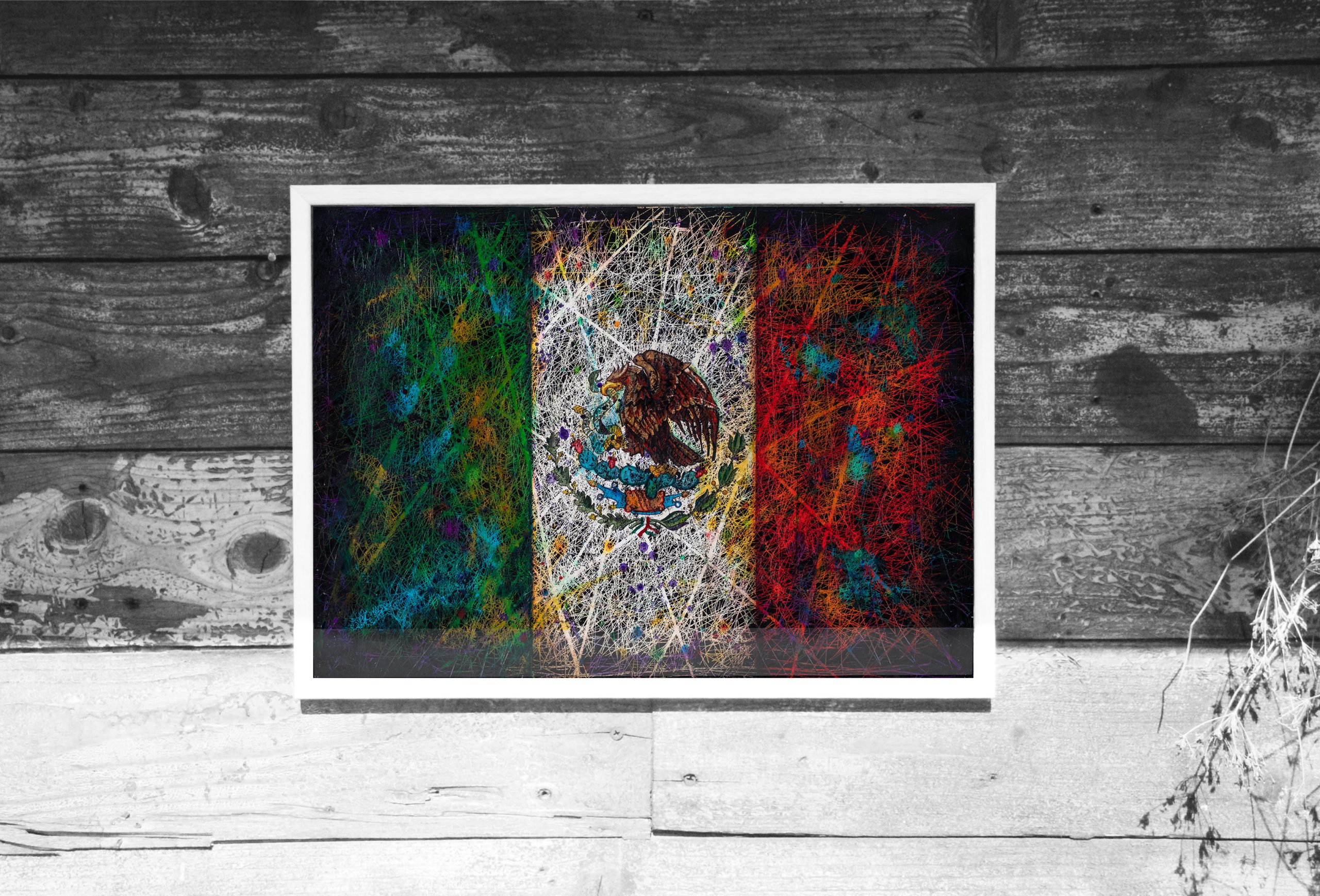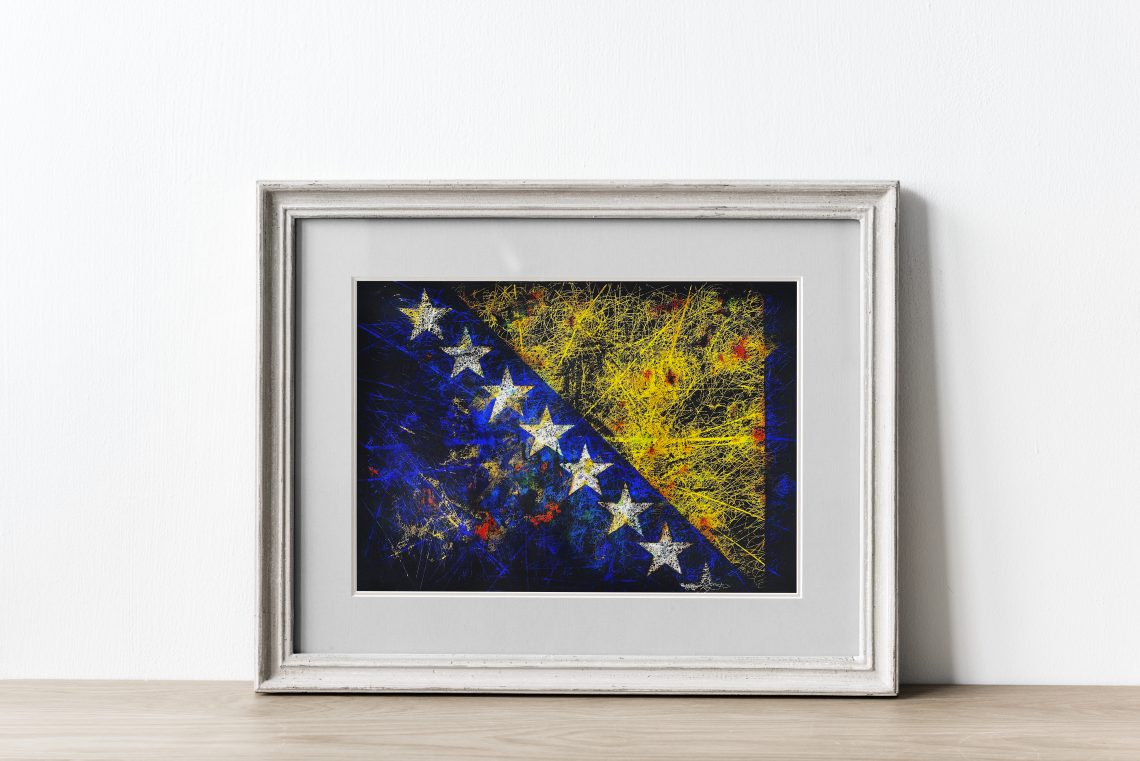Introduction: Flags are not merely pieces of colored fabric; they represent the spirit and identity of a nation. One flag that stands out in South America is the flag of Peru. With its striking design and symbolic elements, the Peruvian flag tells a story of the country’s rich history and the unity of its people. In this blog post, we will explore the flag of Peru, its meaning, and its significance in comparison to other flags in South America, such as the flag of Mexico.
Flag of Peru: The flag of Peru consists of three vertical stripes: a red stripe on the left, a white stripe in the middle, and a red stripe on the right. In the center of the white stripe, there is Peru’s national coat of arms. The coat of arms features a golden, spread-winged condor perched on a cactus, which represents freedom. The condor carries a shield depicting the national colors and symbols, including the vicuña, a cinchona tree, and a cornucopia. Above the shield, a wreath of laurel symbolizes victory.
Symbolism and Meaning: Each element of the Peruvian flag holds significance. The red stripes represent the bloodshed and sacrifice of those who fought for Peru’s independence, while the white stripe represents purity, peace, and the desire for harmony. The national coat of arms showcases Peru’s diverse natural resources and rich biodiversity, as well as its struggle for freedom and victory. The condor, as a powerful bird, symbolizes the spirit and strength of the Peruvian people.
Comparison with the Flag of Mexico: When comparing the flag of Peru with the flag of Mexico, some similarities and differences emerge. Both flags feature three vertical stripes, but their colors and designs differ. The Mexican flag consists of three vertical stripes: green on the left, white in the middle, and red on the right. In the center of the white stripe, there is the Mexican coat of arms, which includes an eagle perched on a cactus, holding a serpent in its beak.
While both flags share the symbolic use of red and white stripes, the designs and the elements depicted in their respective coats of arms are distinct. The Peruvian coat of arms highlights the country’s natural resources and the condor, symbolizing freedom, while the Mexican coat of arms emphasizes the ancient Aztec legend of the founding of Mexico City.
Unity in South America: Flags serve as unifying symbols, not only within a nation but also among neighboring countries. In South America, flags often bear similarities, such as the use of colors and patterns that represent shared historical and cultural connections. The flags of Peru and Mexico showcase distinct aspects of their respective nations, while also highlighting the unity and diversity of South America as a whole.
Conclusion: The flag of Peru represents the history, values, and unity of the Peruvian people. Its vibrant colors, symbolic elements, and historical significance reflect the country’s journey towards independence and its diverse natural resources. By comparing the flag of Peru with the flag of Mexico and considering the broader context of South American flags, we gain a deeper appreciation for the rich tapestry of cultures, histories, and identities that intertwine in this vibrant continent. The Peruvian flag stands as a powerful testament to the strength and resilience of the Peruvian nation, while also showcasing the interconnectedness and shared heritage of South American countries.












